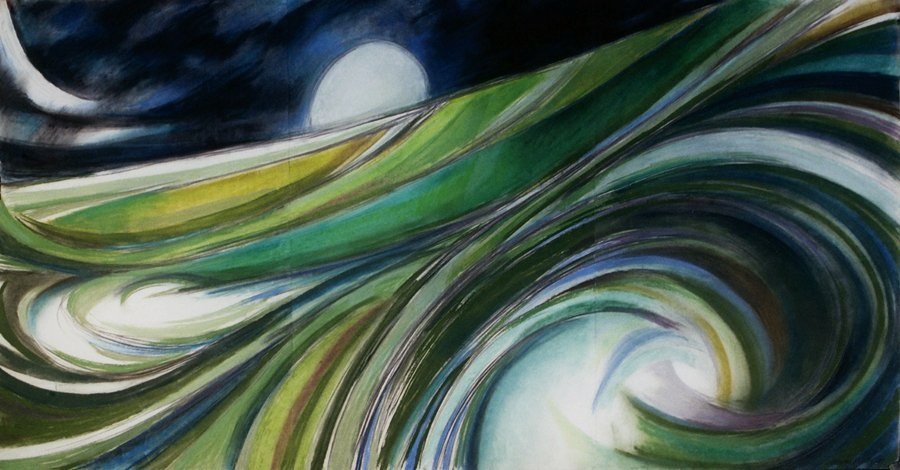
how it
came about
Faustino Quintanilla
“I was both dumbfounded and delighted. I felt like Howard Carter, who on first spying the inside of Tutankhamun’s tomb, when questioned “Can you see anything” replied in awe “yes, wonderful things.”
My excitement was shared by Charles Noyes, Co–Director of the Tremaine Gallery at the Hotchkiss School. We agreed to work together to make Norman’s work known to the world. A small gem of a show was first mounted by Charlie and Ben Gorbaty at the Tremaine Gallery. Ours at the QCC Art Gallery is the second show, substantially larger presenting examples of drawing, pas-tel, painting and sculpture.
It is an honor for me to be part of the reintroduction, to the world, of the American artist, Norman Gorbaty, by bringing to light a selection of his work, never seen, amassed over more than fifty years. There is so much to be learned from this extraordinary talent, craftsmanship and dedication to the arts during these “hid-den” years. The body of the work presented in this exhibition, as Stuart Shedity reflects in 1995 exhibit catalogue “Still Working” confirms he is one of those artists “doing their best and most reso-nant work later in life.”
The great benefit that an artist’s sensibility can draw from his encounter with the masters, as a directive,[i] the continuum of impeccable pursuit of craftsmanship, is to glimpse into his con-sciousness not as a point of culmination, but as a seed that allows him to develop. Anchored in his graphic training on one side of his creative spirit on the other, Norman’s creations spring from an inner necessity and shed their own light.
A rhythmically articulate network of lines shown in his work longs to control you, not so much as the object, but as his excitement for them. Serpentine lines of restless pen ink strokes occupy Norman’s well–constructed, lyrical compositions, perceptive of moments in his own existence, put the meaning of his art in a new Van Gogh–like fashion. His work projects a pragmatic expression and awareness of the experience of self–interpretation. His compositions are like journals bearing a unique spiritual, vital force containing the fundamentals of art. Rarely found in the work of his contemporaries is the struggle, in which he takes us to places and provides a sage, inside view from his own beginning and where he would like us to be. The place to seek reality—composition or form—is not to assume a metaphysical formula, but to reflect on the analysis of the metaphysical.
His sculptures are spiritual or esoteric hermeneutics predisposed to discover—in his six days of creation of the spiritual man—the secret that explains the present condition of man. Revealed as a drama of knowledge, a dislocation of the con-science, the decline of prospective and cognitive powers, all of which cut off the human being from his presence in a higher uni-verse and imprison him to his fate of solitary presence is organized in topographical levels and sweeping forms incorporating a mixture of emotions that forge for themselves an art of living.[ii]
Norman Gorbaty throughout his oeuvre, holds nothing back to fulfill his purpose silently and makes no claim to selfless action to attain fulfillment—the path of a true Modern Master.
[i] “Wherever the master is whom you prefer, this must only by a directive for you. Otherwise you will never be anything but an imitator.” John Rewald, Paul Cézanne, Letters[ii]. London, 1941, p241. (Letter to Carmoin, 9 December 1904.)
[ii] “They have to forge for themselves an art of living through the times of catastrophe, in order to be reborn, and them fight openly against the death-instinct which is a work in our time” Albert Camus, The Stranger, Random House-Vintage Books, 1946. P. 152
